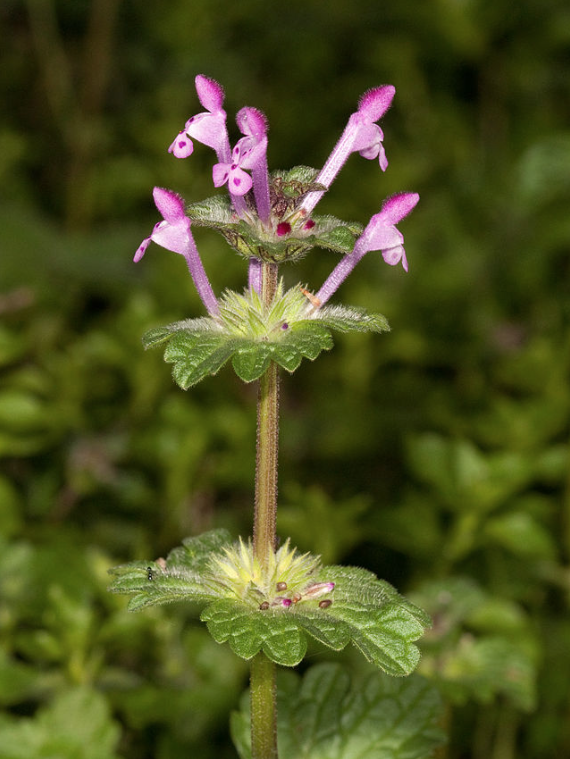 As cultivators, we are constantly competing with mother nature for growing space. If a space in your yard is left bare, you can be certain that some type of weed is going to move in, if the conditions are in its favor. Weeds, just like cultivated plants, thrive in conditions that are favorable for them to be successful.
As cultivators, we are constantly competing with mother nature for growing space. If a space in your yard is left bare, you can be certain that some type of weed is going to move in, if the conditions are in its favor. Weeds, just like cultivated plants, thrive in conditions that are favorable for them to be successful.
By observing the most prevalent types of weeds growing in one area, we can get an idea of the soil’s pH, nutrition content, moisture, compaction and can even help identify the depth of fresh ground water.
Below is a list of a few of the most commonly known weeds that can be easily identified in the southeast, and what soil conditions they indicate. These weeds are only a few of the many species that can be useful in helping identify your soil’s characteristics.
Low pH, or Acidic Soil
red sorrel
High pH, or Alkaline Soil
true chamomile
Compacted Soil
common chick weed
knot weed
Dry, infertile Soil
yarrow
potato vine
Moist or Poorly Drained Soil
ground ivy
cat tail
violets
butter cup
golden rod
jewel weed
Moist, Fertile Soil
henbit
curled dock
Moist Infertile Soil
white clover
Highly Fertile Soil
purslane
lambs quarter
poke weed
dandelion
queen anne’s lace
Low-Fertitlity Soil
plantain
Compacted, Heavy soil
wild garlic
Next time you are in the garden looking for a space for your next planting, make sure to check in with these so-called weeds. Whether you’re planning on planting ornamentals, fruit trees, or vegetables, a healthy population of certain types of weeds can serve as your ally. They can be one of several determining factors in making your planting successful, along with some organic amendments from your local Fifth Season store!

Helen says
I have never considered looking at the weeds in order to understand the composition of the soil. Most people know what their flowers or herbs need, but I guess we should also know what the weeds need. The only difference is that we want to keep the weeds away.